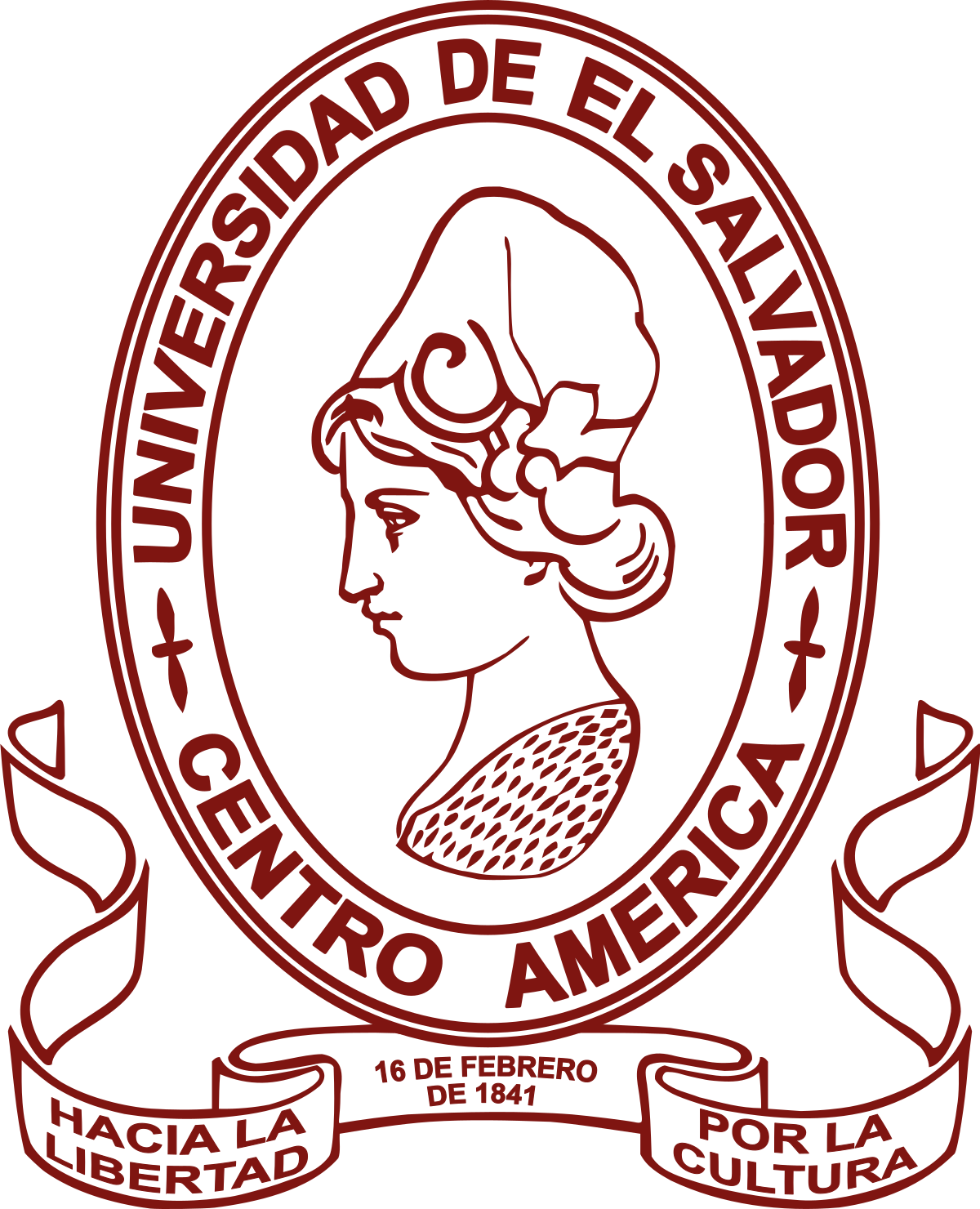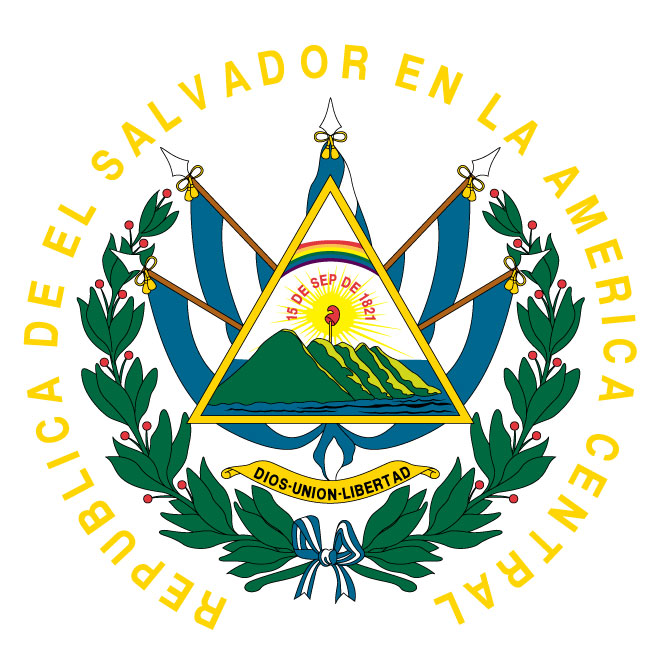Unveiling the Escudo Nacional del Salvador: A Symbol of Unity and Pride
Imagine a symbol so powerful, it encapsulates the very essence of a nation—its history, values, and aspirations. For the people of El Salvador, that symbol is the "Escudo Nacional del Salvador" or the National Coat of Arms of El Salvador. More than just an official emblem, it's a visual tapestry woven with threads of their past struggles, triumphs, and enduring spirit.
From its vibrant colors to the intricate details, every element of the Escudo Nacional del Salvador tells a story. Unveiling these stories allows us to appreciate not only the beauty of the emblem but also the profound meaning it holds for Salvadorans across the globe. This exploration delves into the heart of the Escudo, examining its origins, deciphering its symbolism, and understanding its significance in shaping Salvadoran identity.
The Escudo Nacional del Salvador, adopted in 1912, stands as a testament to the nation's journey towards independence and unity. Its design, a blend of traditional heraldic elements and unique Salvadoran symbols, reflects the country's rich indigenous heritage intertwined with its colonial past. Understanding the context in which the Escudo was created is key to grasping its full significance.
Imagine the aftermath of El Salvador's independence from Spain in 1821. A new nation was taking its first steps, eager to establish its identity on the world stage. The creation of a national emblem was not just a symbolic act but a crucial step in forging a sense of unity and shared purpose for the newly independent nation.
The process of designing the Escudo was a meticulous one, with various iterations and modifications reflecting the evolving aspirations of the young nation. Finally, on September 15, 1912, the current design of the Escudo Nacional del Salvador was officially adopted, marking a pivotal moment in the country's history.
The Escudo Nacional del Salvador is a triangular shield, a shape commonly used in heraldry to symbolize strength and stability. Within this shield, five volcanoes rise majestically from a deep blue sea, representing the five original member states of the Federal Republic of Central America – Guatemala, El Salvador, Honduras, Nicaragua, and Costa Rica. The volcanoes are a powerful symbol of El Salvador's volcanic landscape and the country's resilience in the face of natural challenges.
Above the volcanoes, a radiant sun shines brightly, symbolizing liberty and enlightenment. A Phrygian cap, often associated with the French Revolution and representing freedom from oppression, sits atop a staff positioned behind the volcanoes. The date "15 de Septiembre de 1821," inscribed on the base of the triangle, commemorates El Salvador's independence from Spain.
Encircling the triangle, a laurel wreath symbolizes victory, peace, and glory, values deeply cherished by the Salvadoran people. A ribbon bearing the inscription "República de El Salvador en la América Central" (Republic of El Salvador in Central America) binds the laurel wreath, further emphasizing the nation's identity and its place within the Central American region.
The Escudo Nacional del Salvador is not just a static image; it's a living symbol that continues to resonate deeply within the hearts and minds of Salvadorans. It appears on official documents, currency, government buildings, and even everyday objects, serving as a constant reminder of the nation's shared history, values, and aspirations.
The emblem's influence extends far beyond official use. It's a source of immense national pride, often displayed prominently during national holidays, sporting events, and cultural celebrations. For Salvadorans living abroad, the Escudo serves as a powerful visual reminder of their heritage and a symbol of connection to their homeland.
However, the Escudo Nacional del Salvador is not without its critics. Some argue that its heavy emphasis on historical events and symbols may not fully reflect the country's present-day reality or future aspirations. They call for a reevaluation of the emblem's relevance in a rapidly changing world, sparking important conversations about national identity, representation, and the evolution of symbols over time.
The Escudo Nacional del Salvador, a symbol deeply ingrained in the nation's fabric, invites us to look beyond its aesthetic beauty and delve into the layers of history, symbolism, and cultural significance it embodies. It reminds us that national symbols, while powerful, are not static entities but evolving representations of a nation's journey and aspirations. As El Salvador continues to navigate the complexities of the 21st century, the Escudo Nacional del Salvador will undoubtedly continue to spark dialogue, inspire pride, and serve as a visual reminder of the enduring spirit of the Salvadoran people.
Decoding the mystique why anime pfp pinterest boy reigns supreme
Navigating the controversy skull with indian headdress imagery
Fueling football fandom coloring sheets for boys














